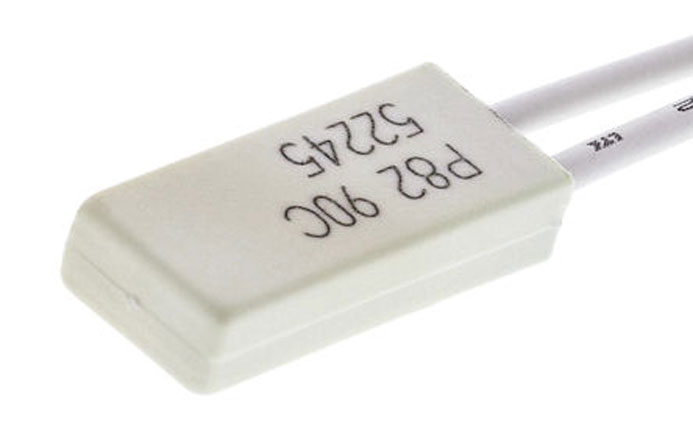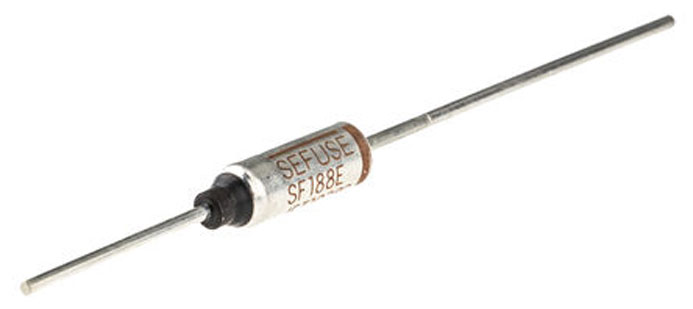What is Thermal Protection?
Thermal protection is a method of detecting over-temperature conditions and disconnecting the power to the electronic circuits. The protection prevents fires or damage to electronics components, which may arise due to the excess heat in the power supplies or other equipment.
Temperature in power supplies rises due to both environmental factors as well as heat generated by the components themselves. The amount of heat varies from one power supply to another and may be a factor of design, power capacity and load. Natural convention is adequate for removing the heat away from smaller power supplies and equipment; however, forced cooling is required for larger supplies.
When the devices operate within their safe limits, the power supply delivers the intended power. However, if the thermal capacities are exceeded, the components start deteriorating and eventually fail if operated under excess heat for long. The advanced supplies and electronic equipment have a form of temperature control in which the equipment shuts down when the component temperature exceeds the safe limit.
Devices used to protect against over-temperature
There are different methods of protecting power supplies and electronics equipment from over temperature conditions. The choice depends on the sensitivity and complexity of the circuit. In complex circuits, a self resetting form of protection is used. This enables the circuit to resume operation, once the temperature goes down to normal.
Thermal Fuses:
Thermal fuses provide protection against thermal damage or fires which may result from overcharging, overloads or other stresses. Unlike the over current fuses which opens up when the current exceeds the safe value, thermal fuses are designed to open when the surrounding temperature exceeds the normal levels.
There are two types of thermal fuses namely the resettable and the non-resettable.
- Resettable thermal fuses – The resettable fuse disconnects the current at the preset temperature and then resets when the temperatures resumes to normal. The fuse is made of a temperature sensitive bimetallic strip which is usually closed during normal operation. When the temperature rises, one of the strips expands and bends away from the other one. This caused the contact to open, hence disconnecting the circuit and prevent further heating. Once the temperature goes down, the strips fall back together and current starts flowing again.
Figure 1: 90 °C resettable thermal fuse – Image Credit
- Non-resettable thermal fuses – This is a one-time fusible link such as the electrical fuse and must be replaced every time it blows. This type of a fuse has temperature-sensitive link that melts due to the high temperature.
Figure 2: Non-Resettable Thermal Fuse 10 A +192°C, 277 V AC – Image Credit
Thermistor
A temperature sensitive resistor such as the PTC whose resistor increased with temperature is used. These are usually mounted on the heat sink or very close to the component whose temperature is to be monitored. During normal operations, when the components are within the specified limits, the PTC has its normal resistance. Once the temperature starts to increase, the resistance increases such that it limits the amount of current flowing through the circuit.
Inbuilt thermal protection in Integrated circuits
Some components such as ICS have inbuilt thermal overload protection which turns off the IC when temperatures exceed the safe limits. The protection, mostly used in regulators, processors and other ICs, prevents damage to the IC and circuit against excessive heating. The protection shuts down the IC such that the input is reduced until the temperature comes down.
Typical voltage regulators with inbuilt thermal protection include LM 117, LM 137, LM 123 and others. The protection circuit monitors the IC temperature and shuts it down when it exceeds the safe level. Most of these will turn off at temperatures of about 170 degrees Celsius, hence preventing damage that may result from the high temperatures
Thermal protection ensures that components such as ICs, regulators are not destroyed by overloads, or over-temperature conditions arising from inadequate heat sinking.
 Figure 1: 90 °C resettable thermal fuse –
Figure 1: 90 °C resettable thermal fuse – 